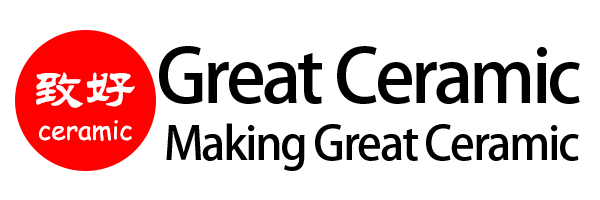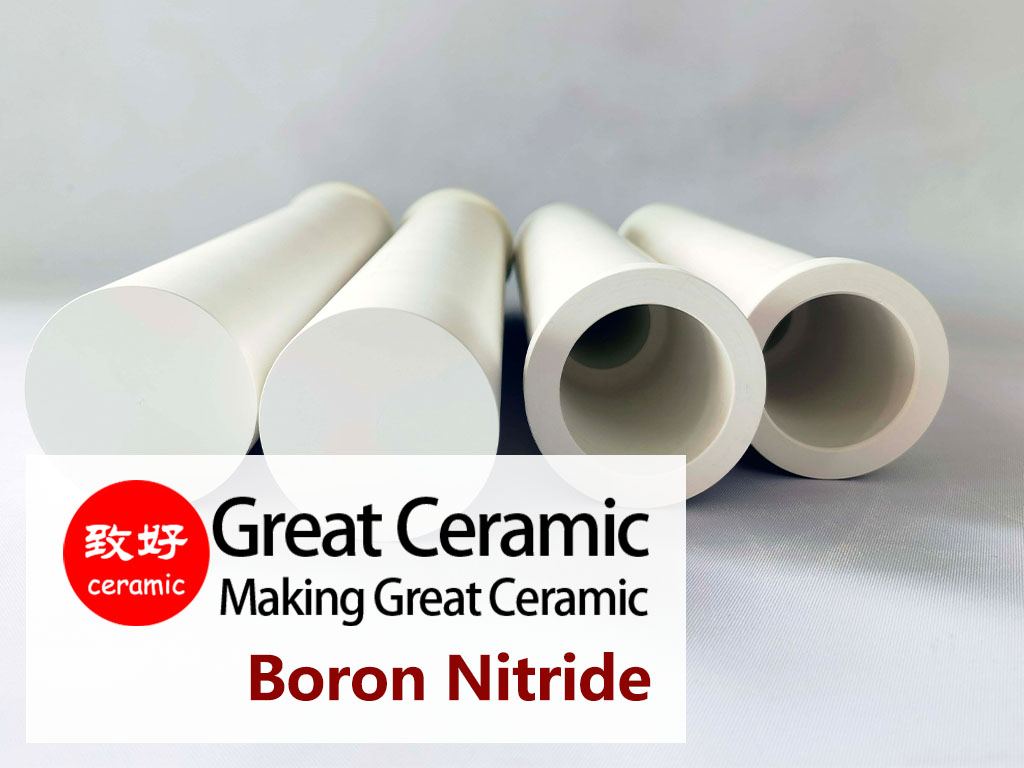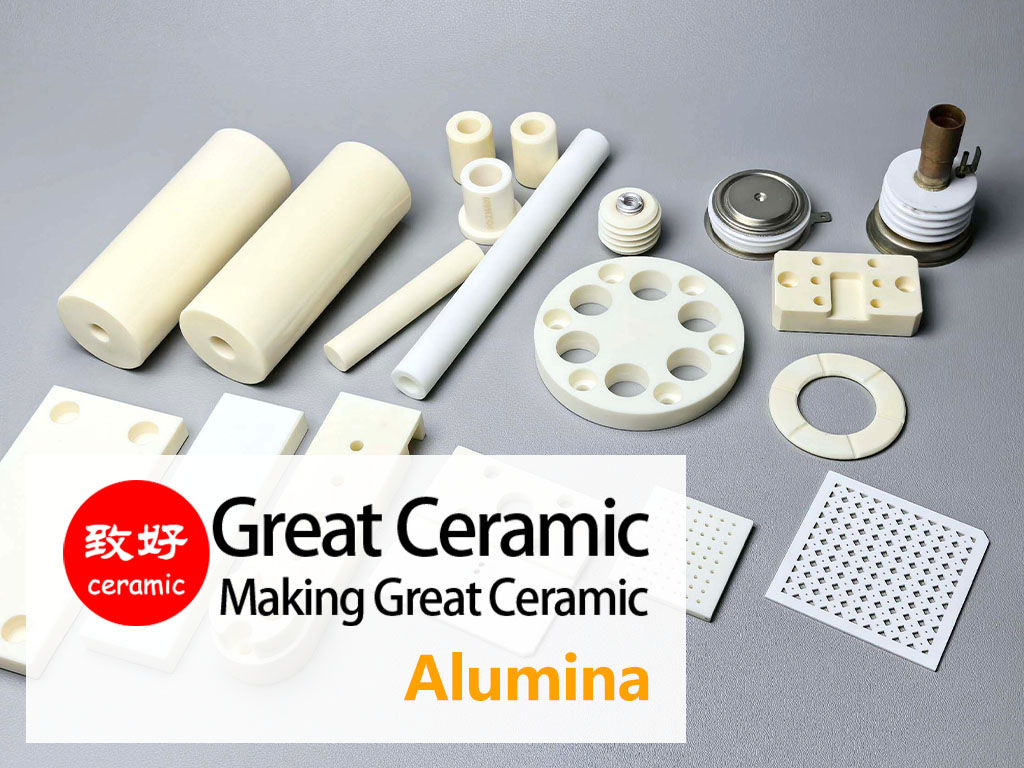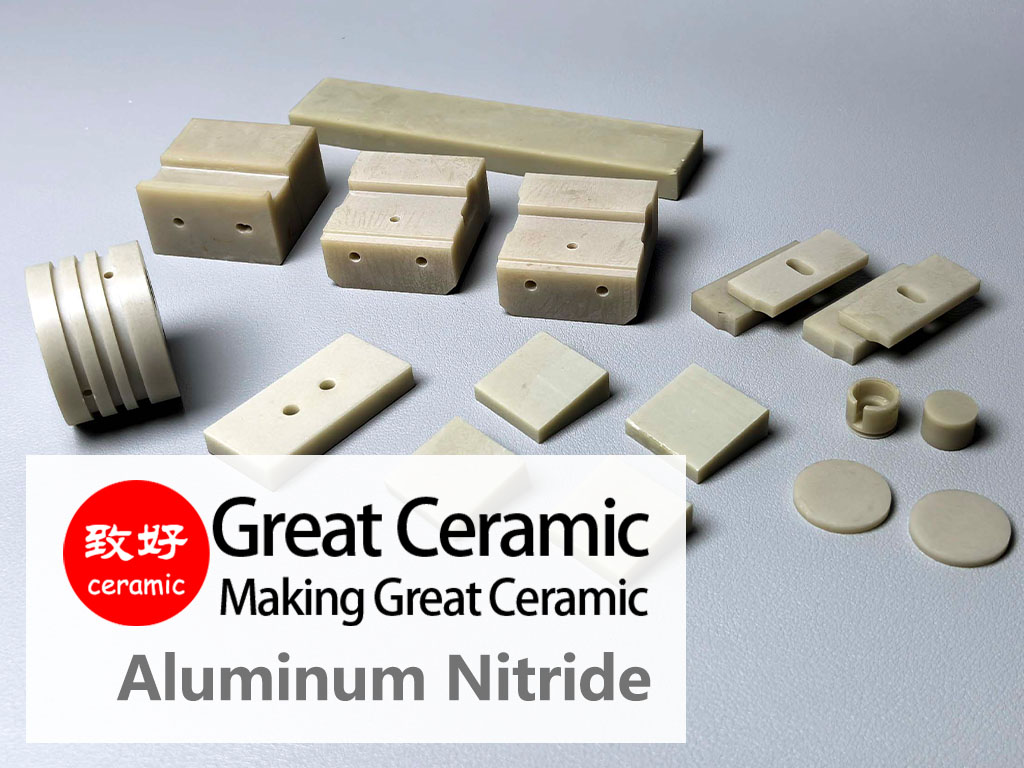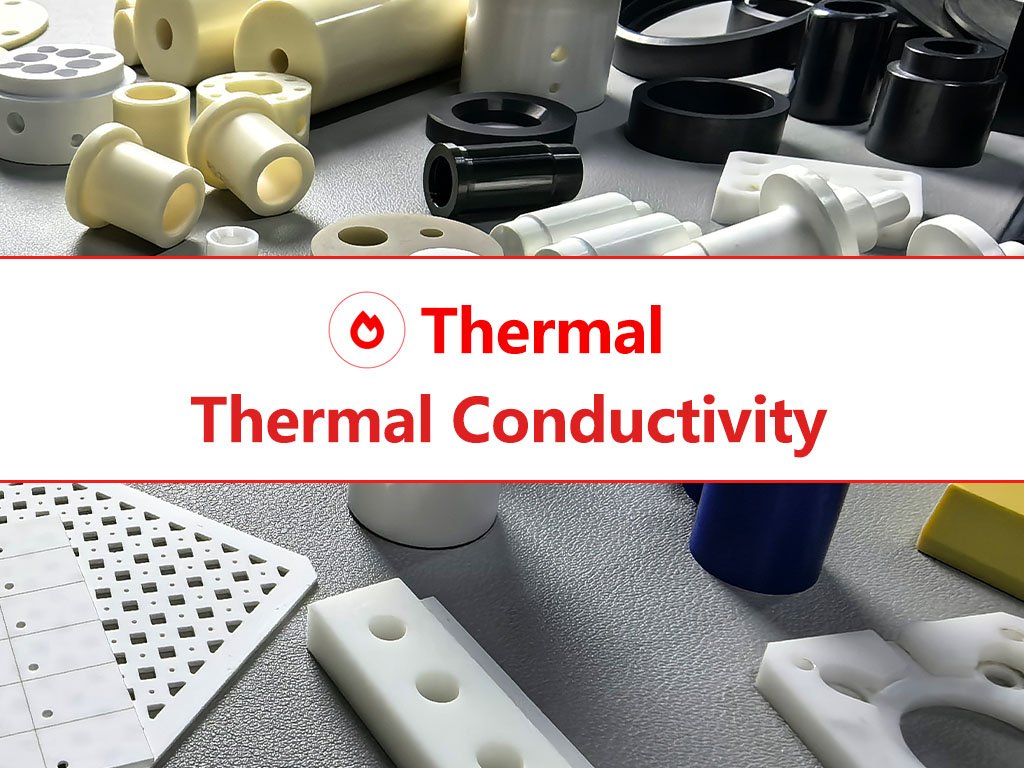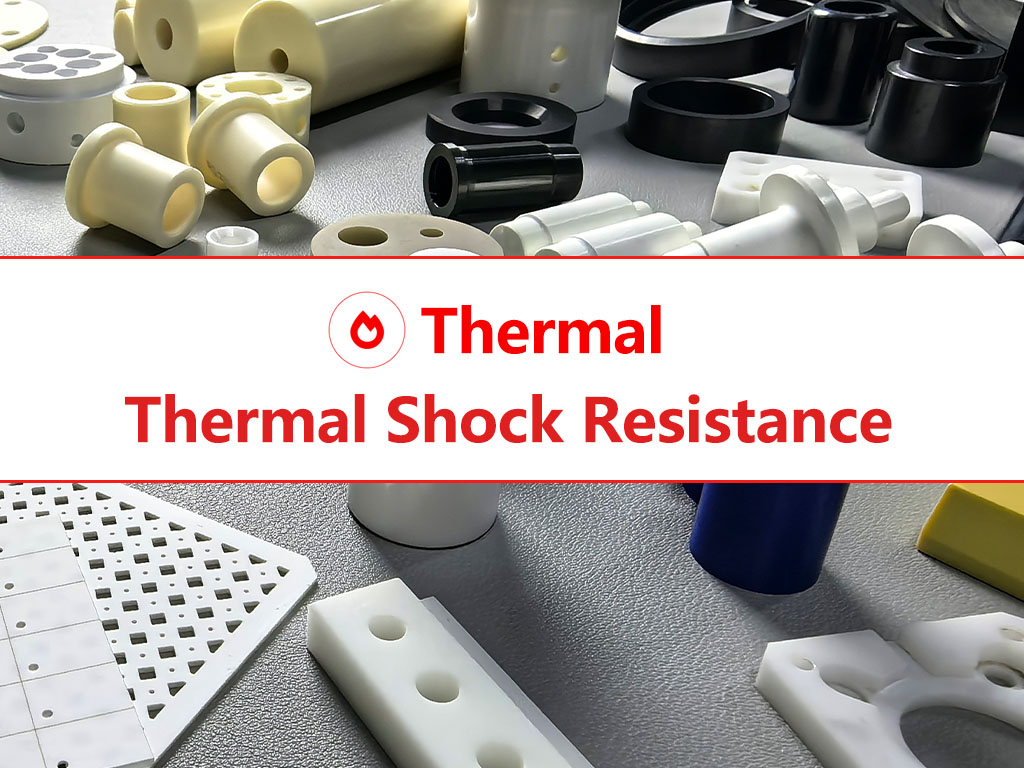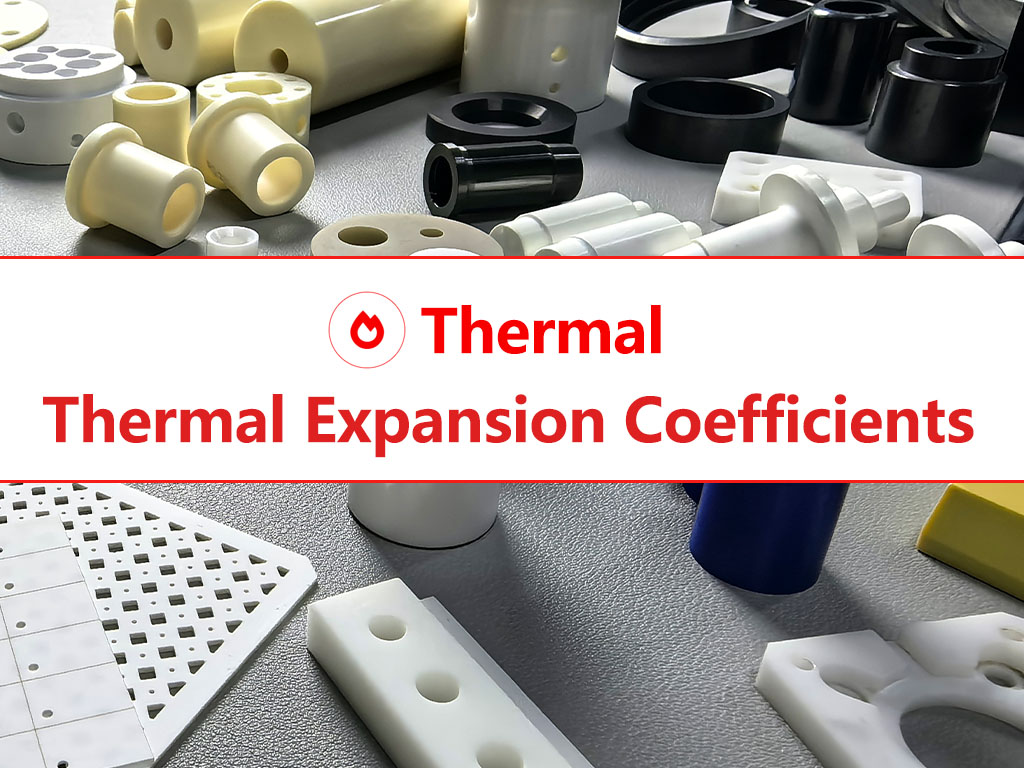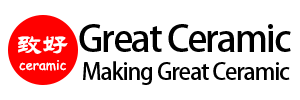첨단 세라믹의 최대 작동 온도
첨단 세라믹은 기존 금속이나 엔지니어링 플라스틱보다 최대 작동 온도가 훨씬 높습니다. 반면 일부 고성능 세라믹은 최대 2200°C의 작동 온도를 지속적으로 견딜 수 있는 반면, 기존 금속은 1200°C~1500°C에서 녹기 시작합니다. 따라서 고온 세라믹 소재는 고온 산업 분야에 이상적입니다.
그러나 2000°C 전후에서 사용할 재료를 선택할 때는 적용 환경을 신중하게 고려해야 합니다. 질화붕소, 탄화규소 등 많은 초고온용 세라믹은 불활성 또는 환원 환경이 필요합니다. 산화 환경에서는 최대 작동 온도가 크게 낮아질 수 있습니다.
이 문서에서는 주요 세라믹 소재의 최대 작동 온도 한계를 살펴보고 금속 및 플라스틱과 비교하며 고온 애플리케이션에서 세라믹 소재의 특성을 어떻게 활용할 수 있는지 설명합니다.
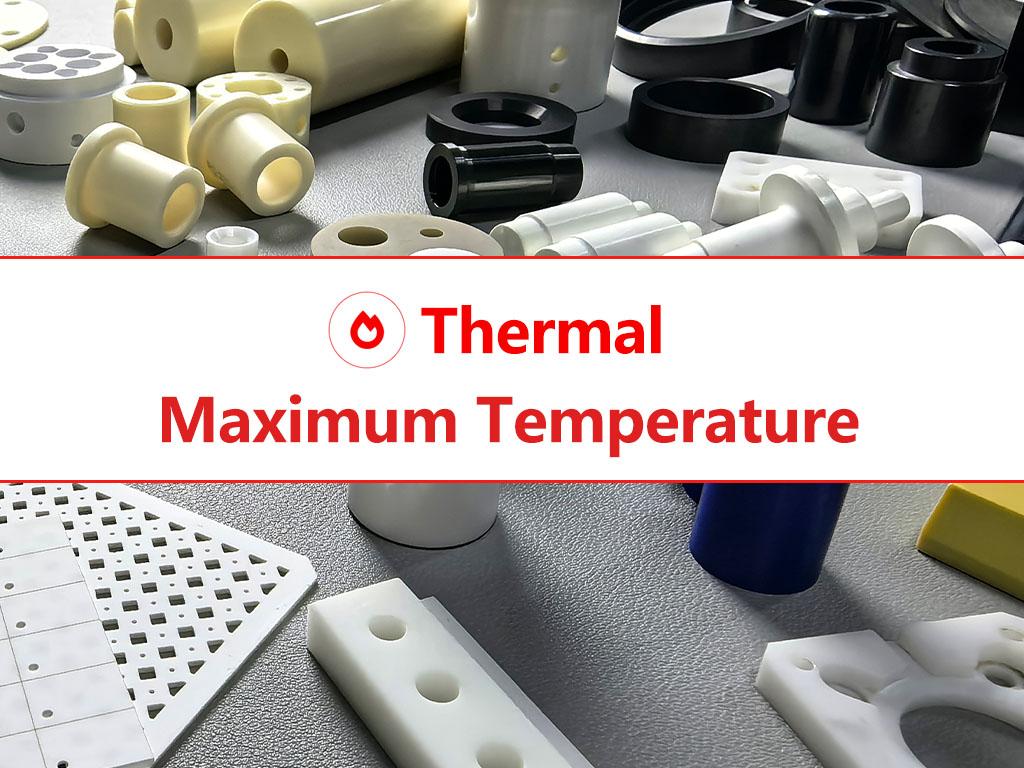
고온 세라믹이 중요한 이유
고급 세라믹은 극한의 온도에서도 구조적 및 화학적 무결성을 유지하며, 이는 다음과 같은 애플리케이션에서 매우 중요합니다:
특히 금속 및 폴리머에 비해 열충격 저항성, 산화 안정성, 낮은 열팽창성이 뛰어납니다. 따라서 많은 첨단 기술 및 산업 분야에서 대체할 수 없는 소재입니다.
최대 작동 온도는 얼마인가요?
최대 작동 온도는 재료가 연화, 용융, 산화 또는 구조적 파괴와 같은 심각한 성능 저하 없이 장시간 견딜 수 있는 최고 온도를 의미합니다.
세라믹의 경우 이 온도는 다음과 같은 요소의 영향을 받습니다:
세라믹 소재와 최대 온도
| 세라믹 소재 | 최대 작동 온도(°C) | 참고 |
|---|---|---|
| 질화붕소(BN) | 2000 | 불활성 대기 전용 |
| 알루미나(Al2O3) | 1650 | 가장 널리 사용되는 고급 세라믹 |
| 실리콘 카바이드(SSiC) | 1400 | 뛰어난 열 전도성 |
| ZTA20 | 1400 | 강화 지르코니아-알루미나 복합재 |
| 질화규소(Si3N4) | 1300 | 뛰어난 열 충격 저항 |
| 질화 알루미늄(AlN) | 1200 | 전자 기판에 이상적 |
| 베릴륨 산화물(BeO) | 1200 | 높은 전도성, 가공 중 독성 |
| MGC | 900 | 프로토타이핑, 전자제품에 사용 |
| 지르코니아(YPZ) | 850 | 위상 불안정으로 인한 제한 |
*데이터는 참고용으로만 제공됩니다.
최대 작동 온도 비교: 세라믹 대 금속 및 플라스틱
아래 막대 차트는 고온 세라믹부터 일반적인 산업용 플라스틱까지 다양한 엔지니어링 소재의 최대 작동 온도를 가장 높은 온도에서 가장 낮은 온도 순으로 보여줍니다.
*데이터는 참고용으로만 제공됩니다.
세라믹 기반 애플리케이션 최대 온도
고급 세라믹은 뛰어난 내열성으로 인해 까다로운 환경에서 널리 활용되며, 종종 1000°C 이상의 구조적 무결성과 기능적 안정성을 유지합니다. 아래는 세라믹 소재 유형과 일반적인 최대 사용 온도를 강조한 산업별 적용 사례입니다.
